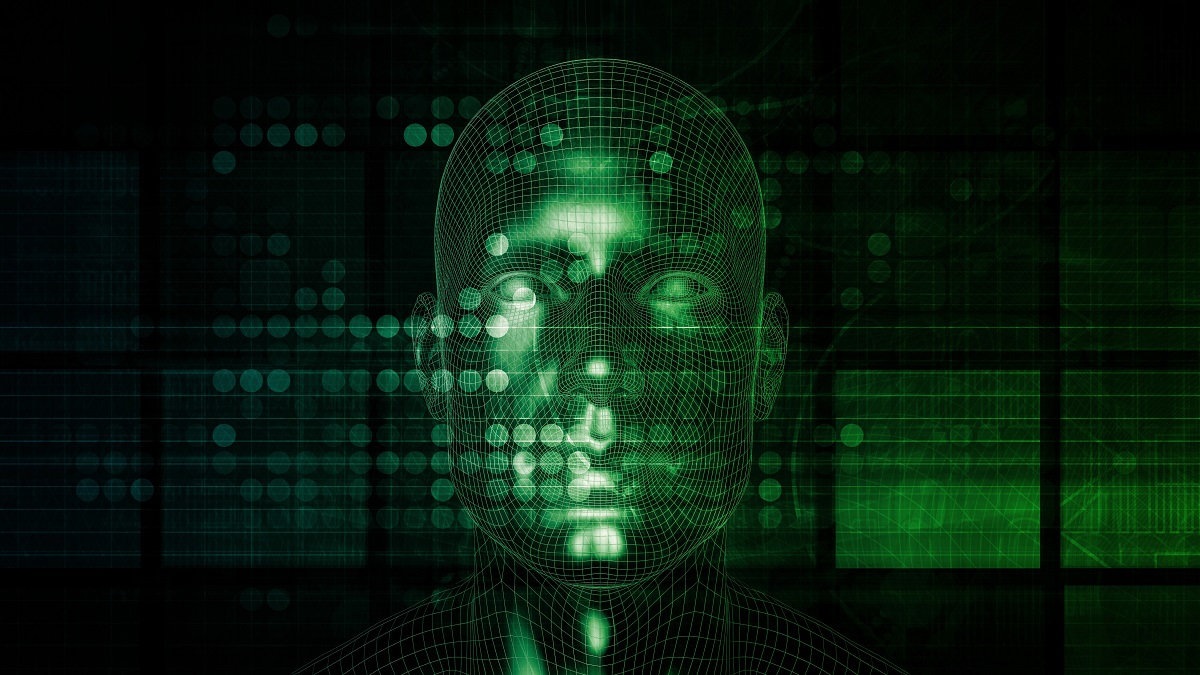
Cloud-based and on-premise AI are two options that you might be considering if you have made the decision to implement an AI solution. Cloud-based vs. in-house AI, as well as the cost of fully-fledged ai solutions. This article will answer many of these questions. Learn more about both the pros & cons. Our AI 101 guide will help you understand what AI is.
Cloud-based AI
The cloud-based AI solution has multiple layers: the infrastructure management layer, an on-demand computing capability; the engineering lifecycle management layer, standardisation, and de-skilled deployment; and the middle layer, responsible AI governance. The platform has APIs that allow large communities of developers to access predefined base modeling. Cloud-based AI solutions are more efficient than local AI solutions because they use a larger number of virtual machines. They can also be scalable and run continuously.

Another major problem is the high cost of cloud-based AI solutions. It is not cheap to deploy the cloud, and in many areas, the Internet connection is either unstable or non-existent. This limits AI's potential applications. While computer vision algorithms help with precision farming, they're often in remote locations where broadband internet is scarce. Unmanned drones can't function in areas without reliable communications infrastructure. They won't work if they don't have the AI cloud.
Outsourced or in-house?
The primary distinction between an in-house and an outsourced AI solution is the degree of data annotation. In-house teams would need to label thousands upon thousands of data points and might not be able handle a large volume of data. A team that is outsourced can focus on AI model design because they have dedicated teams who handle all data annotation tasks. They would be able handle more data and produce better outputs.
AI technology can be a great choice for companies who want to cut their outsourcing costs. AI technology can help reduce IT outsourcing costs dramatically by automating and analyzing data. Further, it can significantly reduce or eliminate common hidden costs. It can also learn machine learning techniques to help it perform a range of tasks and does not need to be physically present. It can help reduce labor costs for suppliers. Outsourced and in-house AI solutions are viable options. However they should be carefully evaluated to avoid committing yourself to one supplier.
Cost of installing a complete-featured ai solution
Contrary to traditional IT projects, the cost for implementing an AI solution is determined by the scope of the project. While IT projects are cost-based on experience, AI projects' costs are determined by the scope of the project as well as the constraints. Consistency when building AI projects is key to maintaining vendor dialogue and ensuring future evaluations.

It is crucial to have a solid understanding of the technology's capabilities and how it works in order to make an AI project successful. Although there is no "right" way of implementing AI, it is a good idea to start small. Identify project goals and build infrastructure that can support the AI technology. An expert can assist businesses in this process. The cost of an AI solution is dependent on its complexity and the resources available.
FAQ
How do AI and artificial intelligence affect your job?
AI will eliminate certain jobs. This includes drivers of trucks, taxi drivers, cashiers and fast food workers.
AI will bring new jobs. This includes data scientists, project managers, data analysts, product designers, marketing specialists, and business analysts.
AI will simplify current jobs. This includes jobs like accountants, lawyers, doctors, teachers, nurses, and engineers.
AI will make it easier to do the same job. This includes customer support representatives, salespeople, call center agents, as well as customers.
What is AI good for?
There are two main uses for AI:
* Prediction - AI systems are capable of predicting future events. For example, a self-driving car can use AI to identify traffic lights and stop at red ones.
* Decision making – AI systems can make decisions on our behalf. Your phone can recognise faces and suggest friends to call.
How does AI work?
An artificial neural network is composed of simple processors known as neurons. Each neuron processes inputs from others neurons using mathematical operations.
Neurons can be arranged in layers. Each layer serves a different purpose. The first layer receives raw data, such as sounds and images. Then it passes these on to the next layer, which processes them further. The final layer then produces an output.
Each neuron has its own weighting value. This value is multiplied when new input arrives and added to all other values. If the result is more than zero, the neuron fires. It sends a signal down the line telling the next neuron what to do.
This is repeated until the network ends. The final results will be obtained.
Why is AI important?
It is estimated that within 30 years, we will have trillions of devices connected to the internet. These devices will include everything from fridges and cars. Internet of Things, or IoT, is the amalgamation of billions of devices together with the internet. IoT devices will be able to communicate and share information with each other. They will also have the ability to make their own decisions. Based on past consumption patterns, a fridge could decide whether to order milk.
It is predicted that by 2025 there will be 50 billion IoT devices. This is an enormous opportunity for businesses. But, there are many privacy and security concerns.
How does AI work?
An algorithm is a sequence of instructions that instructs a computer to solve a problem. An algorithm can be described in a series of steps. Each step has a condition that dictates when it should be executed. A computer executes each instruction sequentially until all conditions are met. This continues until the final result has been achieved.
Let's take, for example, the square root of 5. You could write down each number between 1-10 and calculate the square roots for each. Then, take the average. It's not practical. Instead, write the following formula.
sqrt(x) x^0.5
This says to square the input, divide it by 2, then multiply by 0.5.
This is the same way a computer works. It takes your input, squares it, divides by 2, multiplies by 0.5, adds 1, subtracts 1, and finally outputs the answer.
Statistics
- More than 70 percent of users claim they book trips on their phones, review travel tips, and research local landmarks and restaurants. (builtin.com)
- Additionally, keeping in mind the current crisis, the AI is designed in a manner where it reduces the carbon footprint by 20-40%. (analyticsinsight.net)
- The company's AI team trained an image recognition model to 85 percent accuracy using billions of public Instagram photos tagged with hashtags. (builtin.com)
- According to the company's website, more than 800 financial firms use AlphaSense, including some Fortune 500 corporations. (builtin.com)
- While all of it is still what seems like a far way off, the future of this technology presents a Catch-22, able to solve the world's problems and likely to power all the A.I. systems on earth, but also incredibly dangerous in the wrong hands. (forbes.com)
External Links
How To
How to setup Alexa to talk when charging
Alexa, Amazon’s virtual assistant, is able to answer questions, give information, play music and control smart-home gadgets. And it can even hear you while you sleep -- all without having to pick up your phone!
Alexa allows you to ask any question. Simply say "Alexa", followed with a question. You'll get clear and understandable responses from Alexa in real time. Alexa will continue to learn and get smarter over time. This means that you can ask Alexa new questions every time and get different answers.
You can also control other connected devices like lights, thermostats, locks, cameras, and more.
Alexa can be asked to dim the lights, change the temperature, turn on the music, and even play your favorite song.
Alexa to speak while charging
-
Open Alexa App. Tap the Menu icon (). Tap Settings.
-
Tap Advanced settings.
-
Choose Speech Recognition
-
Select Yes, always listen.
-
Select Yes, please only use the wake word
-
Select Yes and use a microphone.
-
Select No, do not use a mic.
-
Step 2. Set Up Your Voice Profile.
-
Enter a name for your voice account and write a description.
-
Step 3. Test Your Setup.
Speak "Alexa" and follow up with a command
Example: "Alexa, good Morning!"
If Alexa understands your request, she will reply. For example, "Good morning John Smith."
Alexa will not respond to your request if you don't understand it.
After these modifications are made, you can restart the device if required.
Notice: If you have changed the speech recognition language you will need to restart it again.